Before arriving at a new place we all carry the luggage of pre-conceptions. There are usually holes in this kit; we’re almost always wrong, at least to some extent, about our notions. My idea of the Catskills came from two very different periods, the live television run of the 1950s; and the Summer of Love in 1969, the year of Woodstock.
As a young boy I would run home from school every day to turn on the TV and drink in whatever show or movie was playing. It turned out all my favorite performers were veterans of the Catskills, Borscht Belt comedians, mostly Eastern European Ashkenazi Jews, who cut their teeth in the Catskills at resorts like Grossinger’s, Brickman’s, and The Overlook. The catalogue is thick of the funnymen with Catskills cred who flickered in my living room: Woody Allen, Morey Amsterdam, Bea Arthur, Milton Berle, Shelley Berman, Joey Bishop, Mel Blanc, Mel Brooks, Lenny Bruce, George Burns and Gracie Allen, Red Buttons. Sid Caesar, Billy Crystal, Rodney Dangerfield, Phyllis Diller, Totie Fields, Shecky Greene, Buddy Hackett, Danny Kaye, Alan King, Robert Klein. Harvey Korman. Jerry Lewis. Richard Lewis, Chico and Harpo Marx, Jackie Mason, Zero Mostel, Carl Reiner, Don Rickles, Joan Rivers, Rowan & Martin, Mort Sahl, Soupy Sales, Dick Shawn, Allan Sherman, Phil Silvers, Arnold Stang, David Steinberg, Jerry Stiller, The Three Stooges, Jonathan Winters, Ed Wynn, Henny Youngman and on, as some above would say, ad libitum.
In August 1969 I was a river guide on the Colorado River through the Grand Canyon. My college sweetheart decided to go to Woodstock, but I couldn’t get away for the little music fest in the Catskills. So I was insanely jealous as the media rolled out declarations that it was a seismic cultural event, one of those generational revolutions that changes everything. But I was even more green-eyed when my girlfriend announced she met someone at Woodstock while they were both naked and tripping, and she was leaving with him to an Ashram in the Himalayans.
So, when I finally arrived in the Catskills I expected Triumph, the Insult Comic Dog, and an overkill of free love and recreational psychotropics.
Instead I found an unexampled rebellious spirit that stretches back to the 18th century, and is a connective tissue between Woodstock and the Borscht Belt, and a life-force that upholds today.
I first head straight back in history to Kingston, a little town on the Hudson that displayed early-on an independent spirit when it set up shop as New York’s first capital. It was the fall of 1777, a year after Thomas Jefferson’s Declaration of Independence. A government on the run was being chased north from New York City by the British Army, who scorched everything in its path. In the algid air of February the government took up residence in the Ulster County Courthouse to create a formal state constitution. While the Assembly met in a local tavern, the Senate convened its first session in the old stone home of a sympathetic Dutch merchant. On October 16, British forces swarmed through and set fire to every house in town as punishment for Kingston’s role in supporting the Revolution. The razing didn’t snuff the spirit, though, or keep a colony intact, and today there are proud reenactments and displayed documents of the episodes that set a defining disposition in motion. Jacob Coiro, a local guide, resplendent in tricorn hat, shows me around the original stone house, now a museum, and says “The people here knew what they had. They looked around the Catskills and saw how beautiful it was, and it made them feel as if it belonged to them.”
All this energetic independence works up an appetite, so I stop at Dallas Hot Wieners on North Front Street, and order up a spicy dog drenched in the family secret sauce, an inverse correlation between flavor (long) and life expectancy.
From Kingston I find my way down NY Route 28 to The Emerson Resort in Mt Tremper, home to the World’s Largest Kaleidoscope, a former 64-foot high barn silo turned tourist attraction. It takes chutzpah to name an inn after one of the most famous American literary figures, Ralph Waldo Emerson, who in 1836 wrote “Nature,” an essay inspired by the severe beauty of the area. The publication prompted the American Conservation Movement, which led to the establishment of the 600 square-mile Catskill Forest Preserve that surrounds the Emerson today.
It also takes chutzpah and spirit to rebuild after burning, as did the early citizens of Kingston. In 2005 the Emerson burned down (like so many of the Catskills resorts), but rather than pack up and withdraw, the owners rebuilt with a vengeance, inserting a giant Rajasthani door as an entrance to the spa, outfitting the suites with stone fireplaces and Zen touches, and effecting a mash-up of Asian and Appalachian sensibilities that seems to work, though Emerson would likely head down the seam of light that is Esopus Creek rather than check-in.
I take dinner then at the fittingly-named Phoenix Restaurant, and meet Michael Brothers, the head chef, who is so passionate about creating meals from local ingredients he practically leaps over to my table to tell me so. He says passion is the spirit he shares with his patrons, as most are pursuing such when they come here, be it art, agriculture, Buddhism (the Zen Mountain Monastery is down the road), comedy, nature… “whatever it is, they go for it full force.”
I head out the next morning to the town of Woodstock, which didn’t host the eponymous 1969 music Festival, as it turned down the initial permit application. The rock event was actually held 60 miles away at Max Yasgur’s Farm in the town of Bethel. Nonetheless, Woodstock has become the meme for generational liberation through music and art, though it is today a rather chic high-end gallery and café mecca. Nonetheless a pungent whiff of those high times remains, along with some stringy ponytails and shops hawking tie-dies and old LPs.
I chance up with local historian Richard Heppner, who wrote the book Remembering Woodstock, which recounts the town’s early history of wintry hardships, courageous settlers and rebellious farmers who set the stage for a saga of spirited and creative personalities. He tells me how, too, the spirit of the land began to take on meaning after the Civil War. “It was then Woodstockers began to realize they could earn money from what people saw in the land and felt in the land rather than exploiting it through quarrying, tanning or timbering.” It was a time when folks sought sanctuary from the heat, dust and asperities of the city, and looked to the vital portal and pure waters and air of the Catskills. This was also about the time Woodstock played host to the brotherhood of Hudson River School painters, such as Thomas Cole, Frederic Church and Jasper Cropsey, the sublime watercolorists who turned brooding landscapes into rock stars. “Today you can almost feel that same sense the artists felt when they first came here. It was like seeing the South Pacific for the first time.”
Richard directs me to up the road to the Byrdcliffe Arts Colony. In 1902 a wealthy Englishman, Ralph Radcliffe Whitehead, poked around these parts looking for the ideal spot to create a utopian community where all the arts would come together, painting, sculpture, music, metalwork even furniture making. The result: a 300-acre sylvan spread that has drawn thousands of independent-spirited artists and craftspeople. Isadora Duncan danced here; Bob Dylan lived here in the ’60s and early ’70s; Joanne Woodward performed at the theater. Byrdcliffe is the oldest continuing arts colony in America.
I find Matthew Leaycraft, executive director of Bydcliffe, who tells me “the spirit of artistic expression began here, and it continues. It’s extremely vibrant and alive today.” He talks a bit about how the Catskills became a place to retreat for inspiration. “There’s a certain kind of purity that comes from contact with the natural world. It lifts you up into your highest plane, and becomes a refuge where people can find the beauty within. It’s profoundly restorative.”
Matthew takes me over to a studio where Richard Conti, the Ceramics Program Director, is hunched over a pottery wheel. He’s masterful, of course, but watching his hands mold the spinning mud into something with contour, character and beauty reminds me, and I know this is gauche, of Patrick Swayze guiding the hands of Demi Moore in the movie Ghost. And of course it was Patrick Swayze who did more to sex up the Catskills than perhaps anyone ever with his turn in the movie Dirty Dancing.
With a light snow falling I head over for a bite at the Phoenicia Diner (not to be confused with the Phoenix Restaurant at the Emerson…rebirth seems to be a popular theme throughout the Catskills), and order up the Arnold Bennett Skillet, smoked trout, parmesan cheese, crème fraiche and scrambled eggs, with, of course, de rigueur for a true diner, a cup of joe. The owner, Michael Cioffi, plops down on the bench next to me, and tells me he is from Brooklyn, where he had a hard time finding authentically locally grown produce and meats (they was mostly trucked in, sometimes from the Catksills). He went on a quest to find a place where he could serve food in a diner that he would want to eat, and landed here. His menu offers up Wild Hive Farm Polenta, Grass-Fed Burger, Prosciutto Sandwich with brie, apples and arugula, and, my favorite for health nuts, house-made beer battered onion rings. His is the first menu I’ve encountered that offers up the practical regional advice: “If you are camping, you can protect your food from local black bears by suspending it on a rope between two trees.” As Michael gets up to greet another patron he tells me he aspires to a diner that is a destination, an eatery that transcends his current motto, “Come for the mountains, stay for the food!”
To round out my little winter visit to the Catskills I head over to Hunter Mountain, highest peak in the county, and host to the fastest, longest, and highest Zipline Canopy Tour in North America – and the second-largest zipline in the world. It is over four miles long, and reaches speeds of up to 50 miles per hour. Movement is life; velocity is spirit, and here, all troubles are left off the ground. This is the spirit of fierce exhilaration. Brad Morse, the owner of NY Zipline Adventure Tours, tells me “The spirit of the Catskills has to do with adventure, the outdoors, the beauty of the mountains. When you zipline 600 feet off the ground, you get a perspective of what spirit is really about.”
And so, though it seems the spirit here is articulated in so many sundry ways, there is a tie that binds. It is a powerful nexus of faith, creativity, independence, and courage, and over the bench of time it has not been subdued or softened. It is a spark where creative beginnings are always possible. It is the spirit of the Catskills.

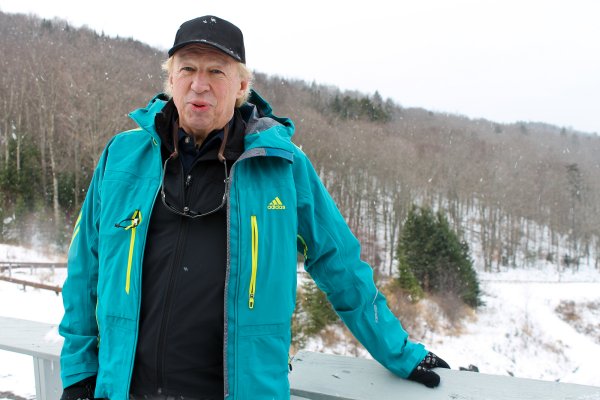
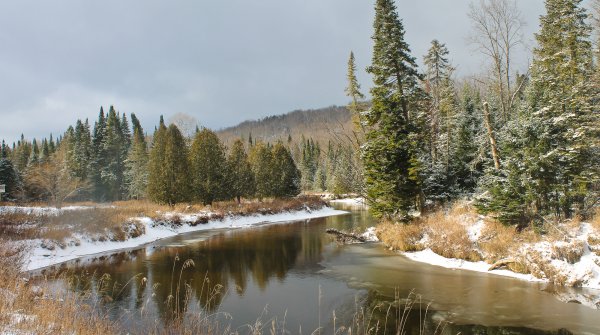
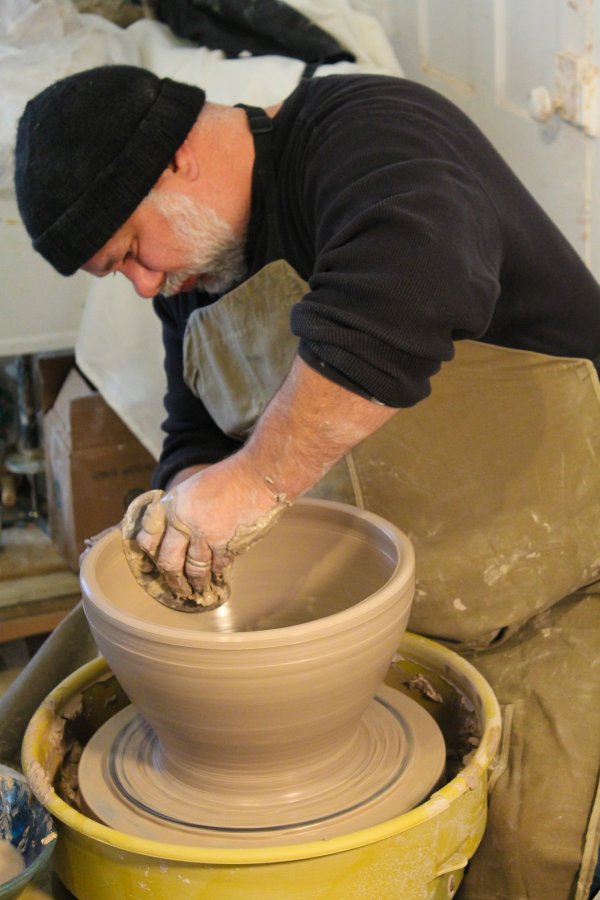
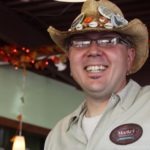


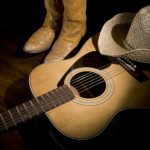


Leave a Reply